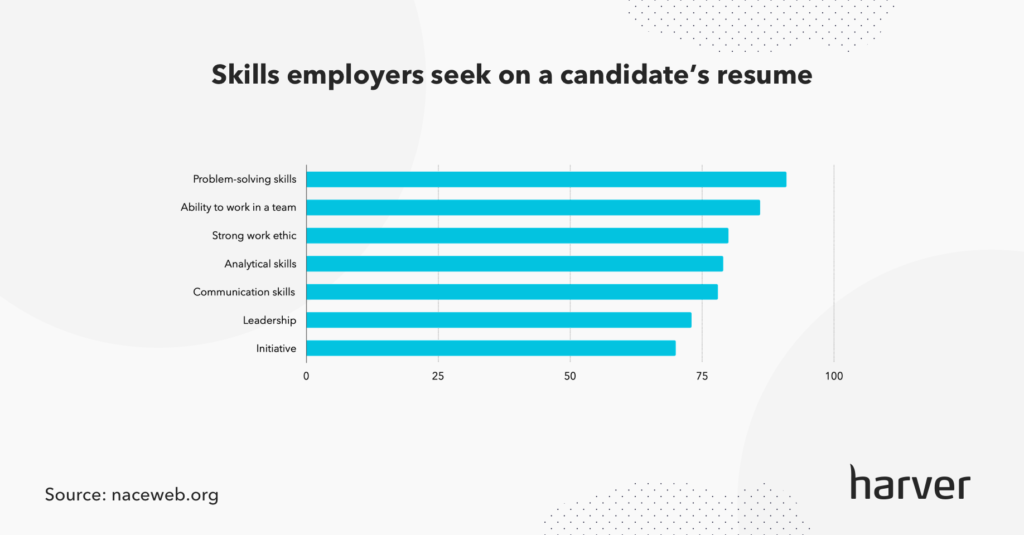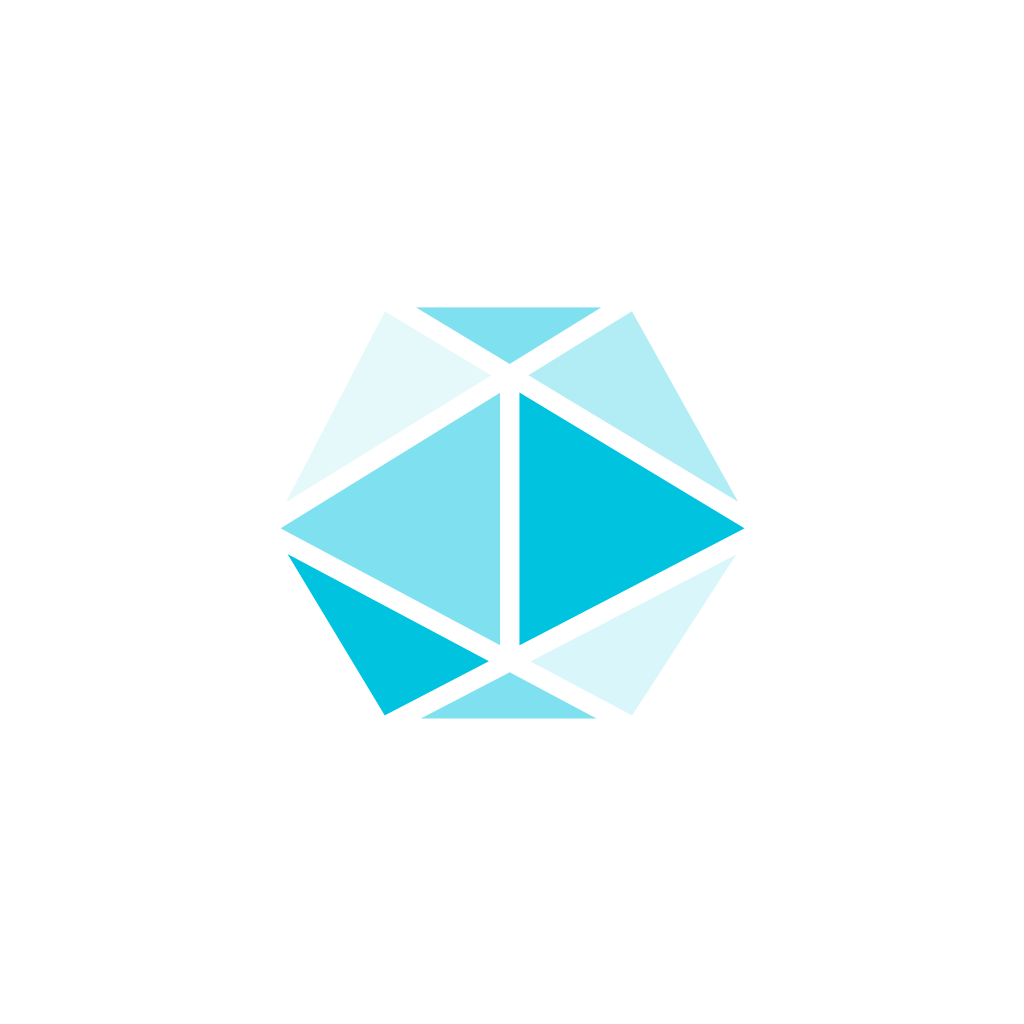Graduates are the future of your workforce. They’re keen to learn, tech-savvy, eager to impress, and they offer a wealth of diversity. But rather than fill your empty seats with just any graduate, you want to hire the most talented candidates for your organization.
With unemployment rates among graduates still high at the moment, the competition is high as well. What this means for you, as an employer, is that you have plenty of applicants to choose from. But in order to find the top talent, you should move away from assessing graduates for the necessary skills to perform well in their immediate role and focus on their learning agility instead.
And that’s because candidates who perform the best in skill tests may not be the ones who go on to be your top performers in the future.
What’s in?
Like what you see?
Don’t miss out. Subscribe to our monthly digest to get the latest TA and TM resources delivered right to your inbox.
What challenges are typical when hiring graduates?
Graduates may seem like the answer to your recruitment prayer: they’re at the start of their careers, willing to learn, and malleable. But recruiting graduates isn’t necessarily an easy task, and that’s because:
They lack practical experience
Most graduate candidates lack any practical experience in your industry. They may have a degree in your subject and know your industry, theoretically, but it’s the real-world experience that makes someone marketable. Thus, you don’t have much to base your hiring decision on.
Resumes don’t predict performance
Resumes and past experience don’t predict job performance. They don’t reveal much about a candidate’s soft skills, ability to work in a team, work ethic, or problem-solving skills, which are the key attributes employers look for in a graduate.

When hiring graduates, you’re filling entry-level roles with nearly identical applicants who all have very little experience to set them apart from one another. Thus, instead of focusing on their CVs, you should look for characteristics and personality traits that are linked with higher performance.
Competition for top talent
The uncertainty caused by the pandemic saw graduate jobs fall to extremely low levels, and although things are slowly improving, college graduates entering the job market this year have to deal with increased competition.
A survey by iCIMS from 2020 found that graduates were planning to apply for 20 jobs, on average. What this means for recruiters is more candidates to choose from, but also more CVs to screen, more applicants to assess, and more interviews to plan. To attract the best graduates, recruiters need to be fast, efficient, and convincing in selling the job opportunity.
Culture-fit and retention
Your company needs to see some ROI. You don’t want to hire graduates, train them, only to have them jump ship to the competition just when they’re starting to deliver.
In order to realize ROI on graduates, ideally, you want to be able to retain them beyond the graduate scheme. Therefore, the quality of the candidate and the fit with the company culture are important factors when initially hiring them.
46%
of students expect to stay with their first employer for one to two years.
Source: targetjobs.co.uk
Given these challenges, how do you decide who to bring forward for an interview and who to hire?
The short answer is by building a recruitment program that enables you to assess candidates for learning agility and culture fit while testing their job-specific skills at the same time.
Why focus on learning agility?
Learning agility is the ability to figure something out, without knowing how to do it. This is a highly desirable skill you want in your graduate recruits.
Every business, no matter the industry, is constantly changing, evolving, and growing. And in order to grow, you need employees who can grow with you. People who don’t necessarily have the answers, but who know how to figure them out. You want people who can learn, adapt to change, and solve problems as they go along.
Hiring graduates with learning agility benefits your organization from the bottom up: people with learning agility are constantly looking to learn from new experiences. They’re the people who thrive on solving complex challenges, and the ones who consistently deliver better results as they apply the new skills they’re learning.
Employees with high levels of learning agility are promoted
2X
as fast as individuals with low learning agility.
Source: Korn Ferry
Learning agility assessments are a great way to ensure you only hire people who are capable of learning while they grow and growing while they learn. Instead of assessing what someone has accomplished in the past, these tests measure what a candidate can accomplish down the road, based on their skillset and characteristics.
But what does being learning agile mean, more exactly?
What exactly do learning agility tests measure?
Flexibility and speed are two of the main drivers of learning agility – how quickly can someone learn, unlearn and relearn something to meet your current business needs.
Along with these, learning agility tests measure seven other dimensions, as per Burke’s Learning Agility Inventory.
- Flexibility – a candidate’s ability to adapt to new situations and try new things.
- Speed – a candidate’s speed at which they will act, assess their action’s effectiveness, and move on from failure.
- Experimenting – a candidate’s willingness to try new behaviors and ideas, and how likely they are to learn from their experiments.
- Performance risk-taking – a candidate’s willingness to take risks, believing that the chance of failure doesn’t outweigh the risk, or what might be learned from taking the risk.
- Performance risk-taking – a candidate’s interpersonal risk-taking, showing how likely they are to seek help from others, in order to enhance their learning.
- Collaboration – a candidate’s ability to work well with others, because they understand the strength of complementary skills.
- Information gathering – a candidate’s willingness to seek out new information, to ask questions, to enhance their learning, and build their knowledge.
- Feedback seeking – a candidate’s desire to seek out feedback from others, to enhance their learning.
- Reflecting – a candidate’s desire to reflect and analyze their past performance, to improve their future performance.
Learning agility is linked to some of the “Big Five” personality traits – agreeableness, openness to experience, and conscientiousness are positively correlated to learning agility, while emotionality and external locus of control are negatively correlated. The strongest relationship is between openness to experience and learning agility.
Measuring a candidate’s personality alongside their learning agility will give you a more complete picture of a graduate’s potential. Harver uses the HEXACO personality questionnaire to assess candidates’ preferences in behavior. This personality assessment measures the following dimensions:
- Openness to experience – candidates who score highly here tend to be curious and open to unfamiliar experiences.
- Agreeableness – candidates who score highly here tend to be mild and diplomatic, rather than confrontational and domineering.
- Conscientiousness – candidates who score highly here tend to be disciplined and organized.
- Emotionality reversed – candidates who score highly here tend to be fearless and tough.
How do you identify learning agile graduates?
Having industry knowledge and complex technical skills is one thing, but they’re not wholly indicative of an employee’s future potential success. High potential employees are the ones who know what to do when faced with uncertainty, such as navigating a global pandemic.
They’re the ones who:
- are open to new ideas,
- have a mindset that enables them to constantly grow, applying what they’ve previously learned to future problems,
- ask for feedback from others,
- seek to innovate rather than rely on what’s been done before.
One point to note – while you want graduates to have both learning ability and agility, these two concepts aren’t the same.
Agility begins where ability ends. A candidate’s ability will only get them so far, agility will take them the rest of the way. Therefore learning agility should be prioritized when hiring graduates.
At Harver, we offer both types of assessments; you can see the differences between these two below.
Does learning agility predict success in the job?
The million dollar question. While no one can predict the future, what you can do is determine someone’s potential future ability to do well in their role, based on their current ability.
Research shows that learning agility is a better predictor of identifying high-performing candidates than previous experience or skills alone. Although it’s estimated that only 15% of the global workforce are learning agile, a Korn Ferry study showed that companies with highly agile individuals have 25% higher profit margins than their competitors.
Next steps
Businesses that recruit for learning agility at the graduate level are setting themselves up for long-term success.
Assessing graduates on their future performance potential means that even if you don’t know what their future role demands of them yet, you can be sure they’ll be able to successfully navigate whatever challenges they encounter.
If you’d like to see what the Harver learning agility module looks like and how you can incorporate it into your graduate recruitment process, you can book a demo below.


